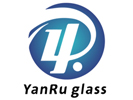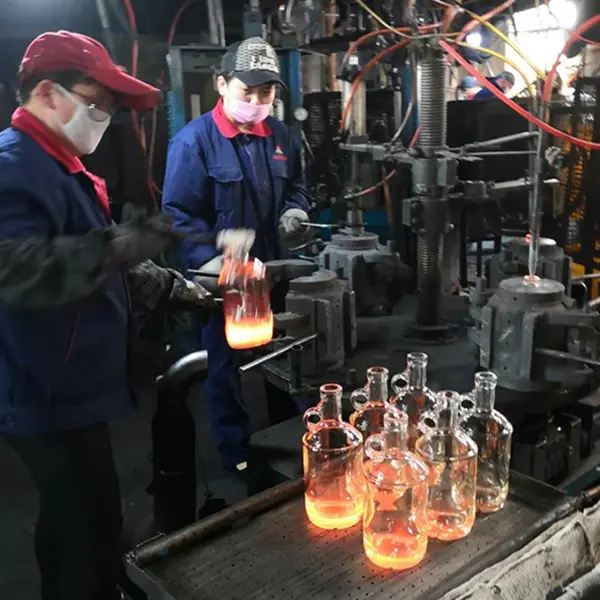Glass is a widely used material in construction, packaging, and decorative arts. The production process of glass bottle is complex and involves several stages. Here, we will discuss the four main steps involved in glass production.
Mixing Raw Materials: The first step in glass production is to mix the raw materials according to the designed material list. The main raw materials used in glass production are quartz sand, limestone, feldspar, soda ash, boric acid, and others. These materials are weighed and mixed evenly in a mixer.
Melting: The mixed raw materials are then heated at high temperature to form a uniform and bubble-free glass liquid. This is a complicated physical and chemical reaction process that takes place in a furnace. There are two main types of melting furnaces: crucible furnace and tank kiln. Crucible furnace is used for producing optical and colored glass, while tank kiln is used for producing glass continuously.
Forming: The molten glass is then transformed into a solid product with a fixed shape. This process must be carried out within a certain temperature range, and it involves cooling the glass from a viscous liquid state to a brittle solid state. Forming can be done through artificial or mechanical means.
Annealing: The glass undergoes drastic temperature changes and shape changes during the forming process, leaving thermal stress in the glass. If the glass is cooled directly, it may rupture during storage, transportation, or use. To eliminate this risk, the glass product must be annealed after forming. Annealing involves keeping the temperature in a certain range or slowly cooling down the glass to eliminate or reduce thermal stress.
In conclusion, glass production is a complex process that involves mixing raw materials, melting, forming, and annealing. Each stage plays a crucial role in producing high-quality glass products.
Post time: Apr-07-2023





